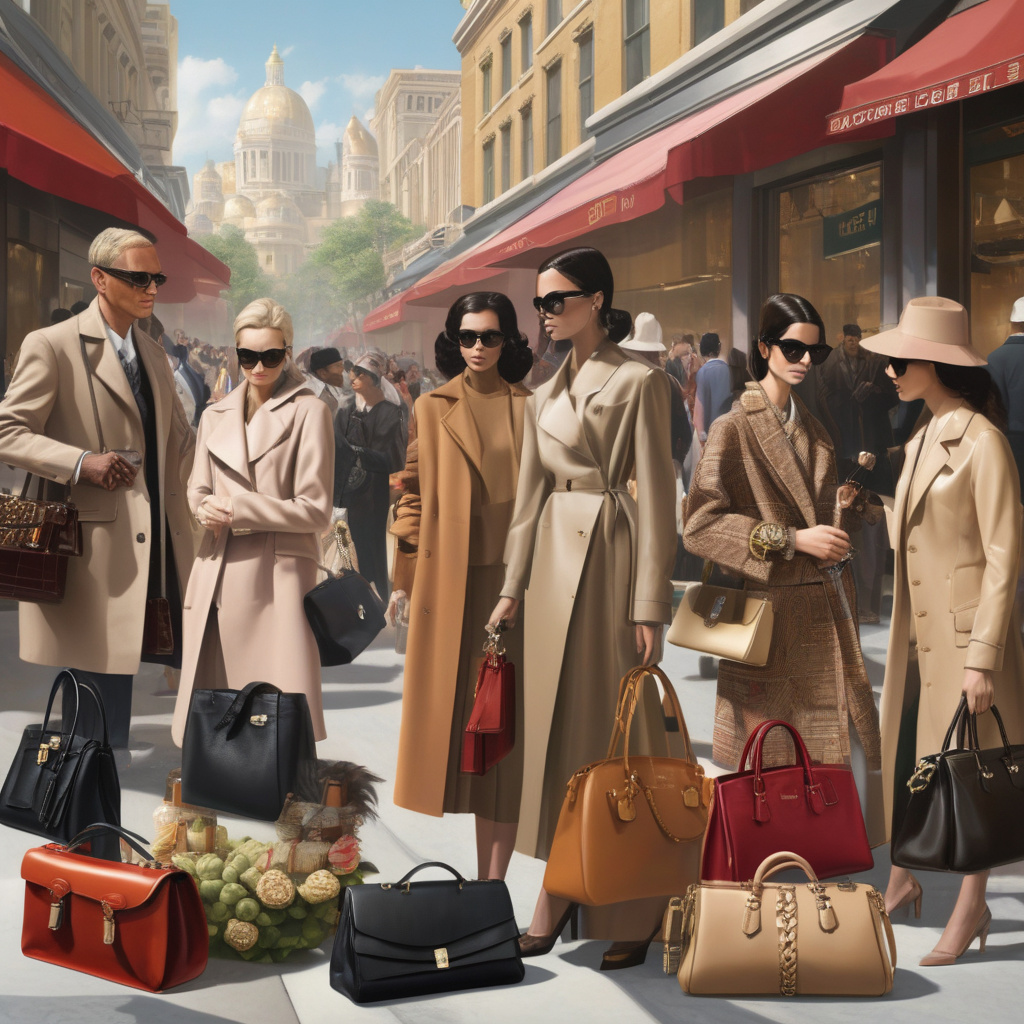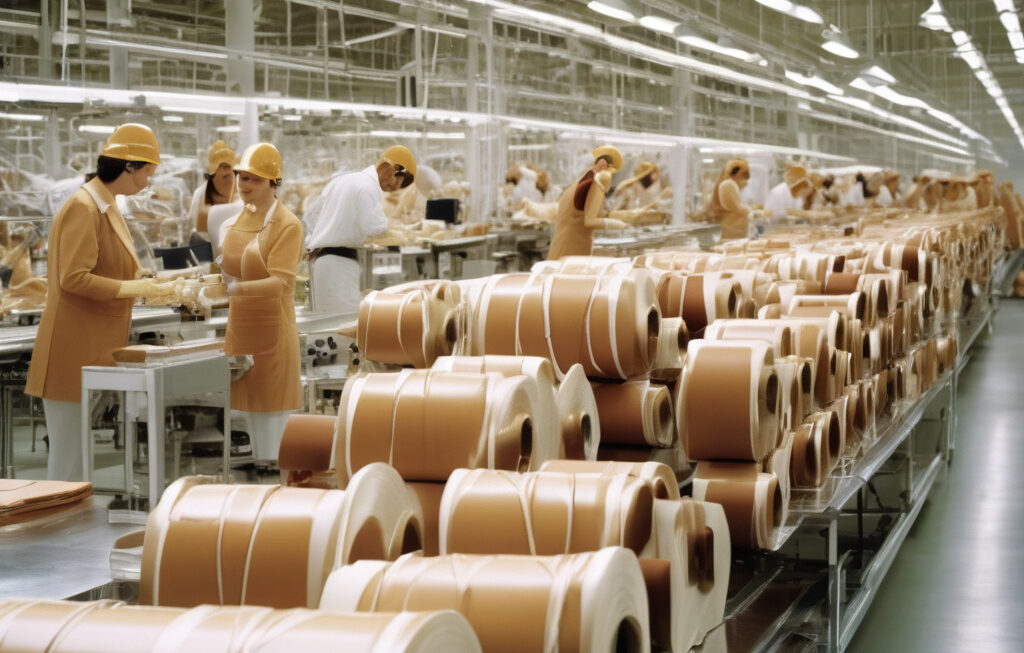Opinion: This Economy Is Ripe for Fake and Copycat Luxury Goods
In the realm of luxury goods, a storm is brewing. The convergence of rising prices, evolving consumer preferences, and manufacturing controversies is shaking the very foundation of the industry. This perfect storm is creating a fertile ground for counterfeiters and imitators, who are seizing the opportunity to lure in shoppers looking for style without breaking the bank.
The traditional notion of luxury, once synonymous with exclusivity, craftsmanship, and heritage, is facing unprecedented challenges in today’s fast-paced and rapidly changing economy. As prices for authentic luxury goods continue to soar, many consumers are finding it increasingly difficult to justify the exorbitant costs associated with high-end brands. This shift in consumer sentiment is driving a growing demand for more affordable alternatives that offer a similar sense of style and status.
At the same time, the landscape of consumer tastes is undergoing a seismic shift. The rise of social media and influencer culture has democratized fashion, allowing trends to spread like wildfire across the globe. As a result, what was once considered exclusive and aspirational is now within reach of the masses, blurring the lines between luxury and mainstream.
Compounding these challenges are the manufacturing scandals that have plagued the industry in recent years. From allegations of sweatshop labor to environmental violations, luxury brands have come under increasing scrutiny for their business practices. These controversies have eroded trust in traditional luxury houses, pushing consumers to seek out alternative options that align with their values and ethics.
Enter the counterfeiters and dupe-makers, who are capitalizing on these trends to flood the market with fake and copycat luxury goods. Armed with advanced technology and sophisticated marketing tactics, these rogue operators are able to produce convincing replicas that closely mimic the look and feel of authentic products. For consumers who are unable or unwilling to shell out thousands of dollars for a designer handbag or watch, these counterfeit goods offer an enticing proposition: the allure of luxury at a fraction of the price.
While the proliferation of fake and copycat luxury goods may seem like a harmless trend, the implications for the industry are far-reaching. Not only do these counterfeit products undermine the integrity and reputation of genuine luxury brands, but they also pose significant risks to consumers. Knockoff goods are often produced under questionable conditions, using substandard materials that can pose health and safety hazards to unsuspecting buyers.
As the demand for affordable luxury continues to rise, it is clear that the industry must adapt to meet the changing needs and expectations of today’s consumers. Authentic luxury brands must find new ways to connect with customers, emphasizing their unique value propositions and commitment to quality and sustainability. By differentiating themselves from counterfeiters and imitators, these brands can reaffirm their relevance and regain the trust of discerning shoppers.
In conclusion, the current economic climate presents both challenges and opportunities for the luxury goods industry. As rising prices, shifting consumer tastes, and manufacturing scandals continue to shake the foundations of the industry, counterfeiters and dupe-makers are finding fertile ground to thrive. It is incumbent upon authentic luxury brands to rise to the occasion, reimagining their strategies and offerings to secure their position in a rapidly evolving market.
luxury, counterfeit, consumer, fashion, trends












